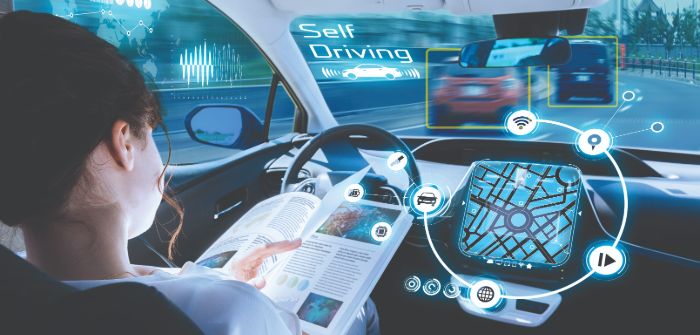ATTI’s columnist questions the extent to which vehicle assistance systems encourage driver distraction, and what can be done to avert this.
How do OEMs test future products and systems for human factors compliance? On a strictly legal basis, they don’t. Of course, human factors are important in cars, and they’re designed-in during the development of a vehicle or system. But there is no international human factors standard that auto makers have to meet. What would such a thing even look like? So, although all OEMs retain highly skilled human factors engineers, they do not have specific human factors compliance standards to work toward. That begs the questions, why do car manufacturers bother, and how are HMIs tested?
In one sense, OEMs will look at human factors for a nobler, more customer-focused reason, which is to support the customer experience and make sure a vehicle is user friendly and intuitive. But that’s not the only reason. OEMs also incorporate human factors into their products to ensure they are functionally safe, and to mitigate litigation liability.
It is well documented that far more accidents are caused by driver error or distraction than by component or system failure. A 2020 study conducted by NHTSA of causes of car accidents found that 94% are caused
by drivers. Even so, car makers know from bitter experience that, in these situations, lawyers and insurers will get involved and try to assert positions in which the driver is somehow innocent and the car is somehow at fault. In conventional vehicles up to SAE Levels 1 and 2, this sort of posturing rarely works. An OEM can point to its HMI validation and testing and demonstrate that the car did more than enough to
assist the driver in operating the vehicle safely without confusion or distraction.
This being so, in a conventional vehicle the driver is still fully responsible for all aspects of the vehicle’s operation, at all times. If driver error or distraction plays a part in an accident, the driver will be blamed proportionately. This is the position under most countries’ criminal laws, which demand due care and attention, and likewise under most civil liability laws and insurance adjustment models.
However, this dynamic could be about to change. More driver assistance features are being introduced into vehicles, and some of them effectively enable and encourage driver distraction. They place increasing responsibility for the driving task – and therefore also the outcomes – on the car itself. So what else can automotive manufacturers do to mitigate driver distraction as vehicles begin to perform more of the operational functions of driving, and as new features have the potential to cause additional distraction?
Swedish outfit Volvo made a bold claim that its human factors testing, which uses Varjo’s mixed reality technology (read our feature on the development and application of the tech in the June issue of Automotive Testing Technology International on p44), enables it to introduce virtual hazards into real-world drive cycles and then monitor a driver’s eye movements and even their reactions. Of course, this will reduce development timeframes, but there is another benefit of the technology. Assuming it works as billed, this could become a key tool on the defense lawyer’s belt in future trials. If in the future drivers say that a new attribute was difficult to use or confusing, Volvo will have the ready-made response that as well as its human factors work, it also performed testing of driver distraction and can demonstrate there was no added risk. This may be a glimpse of how automotive manufacturers will test cars for human factors compliance in the near future.



